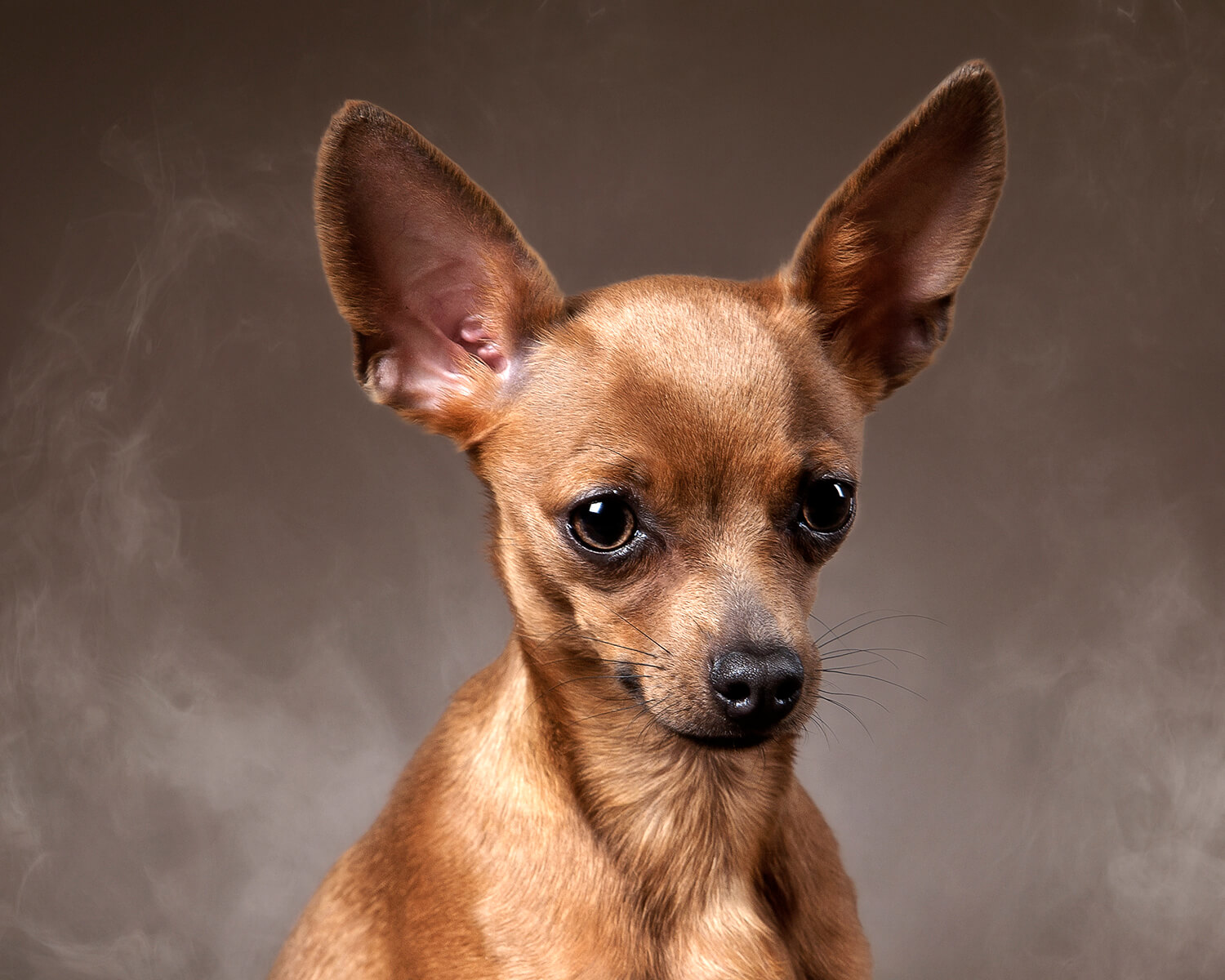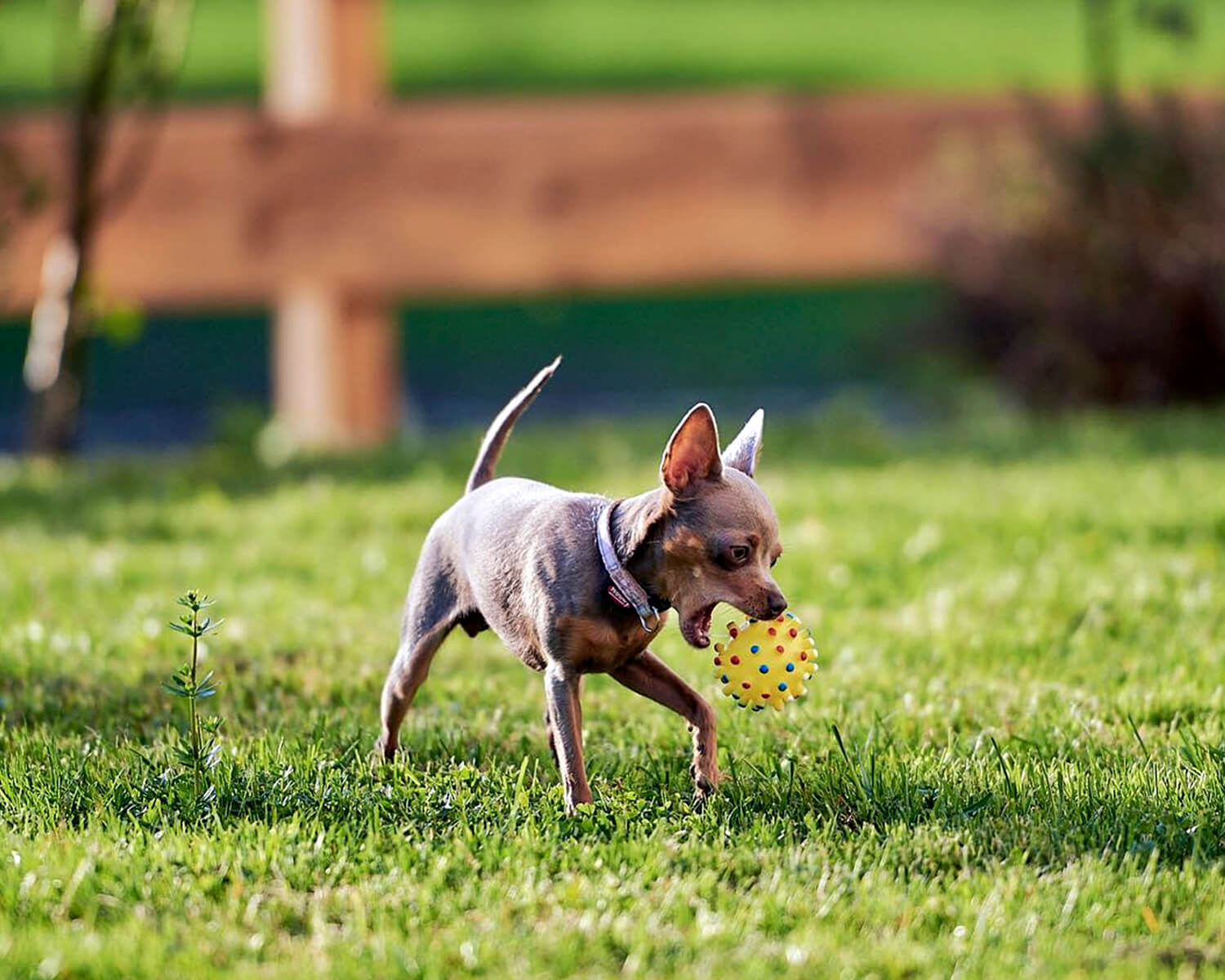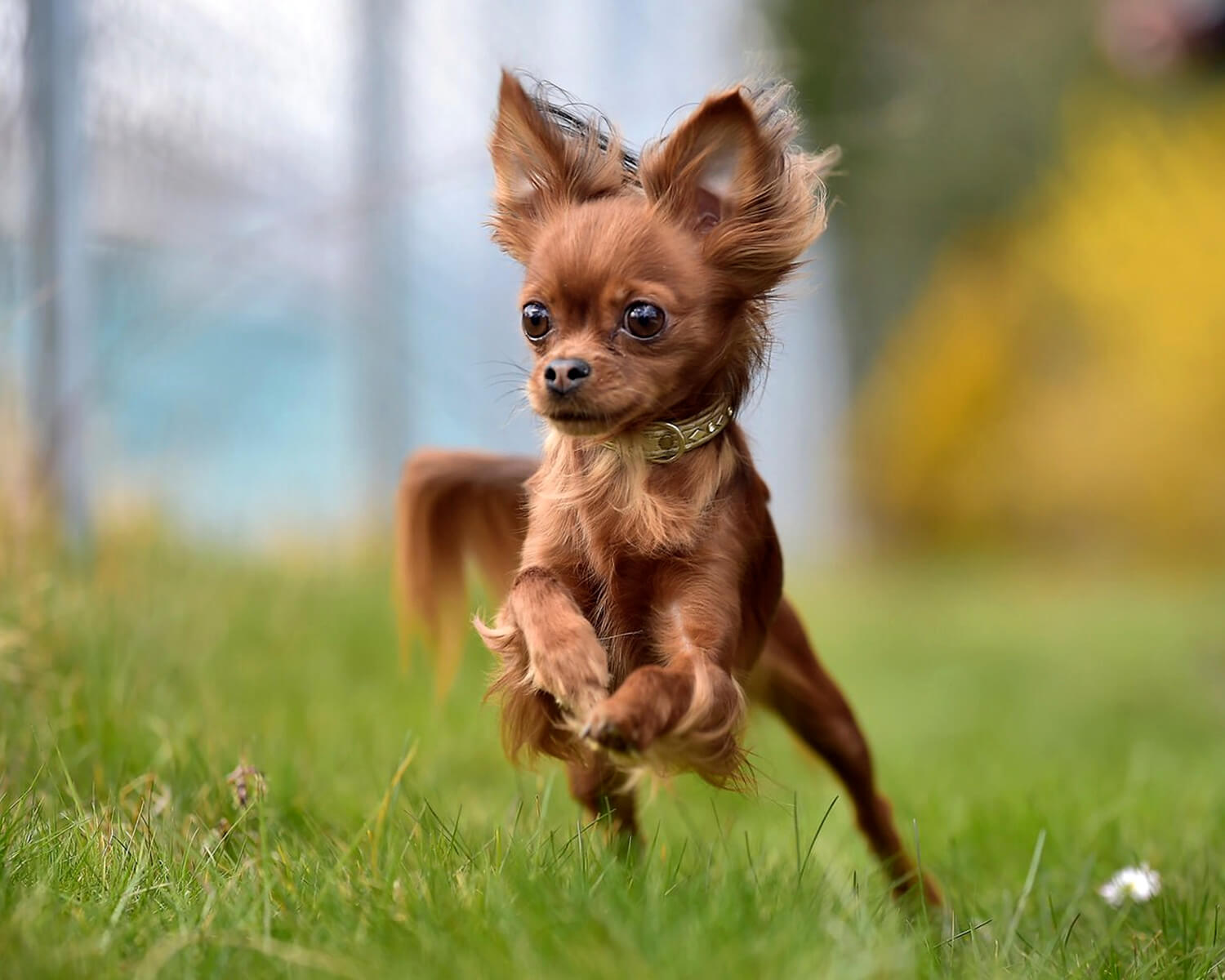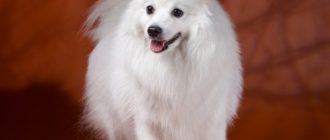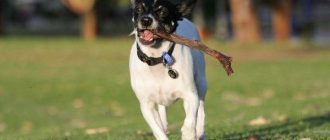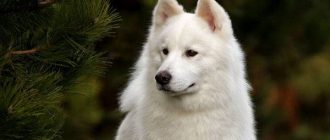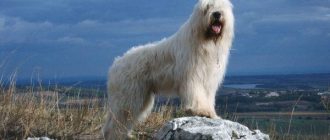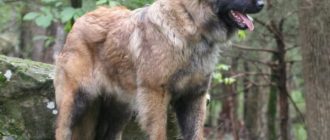Russian Toy Terrier
Contents
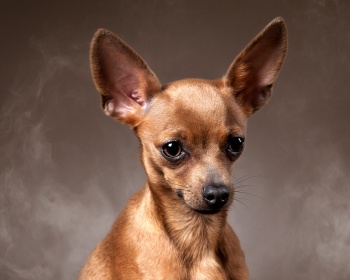
Breed characteristics
- Popularity: 7
- Training: 6
- Size: 1
- Reason: 6
- Security: 2
- Relations with children: 3
- Dexterity: 9
- Shedding: 4

Story
Russian Toy Terrier, or simply Russian Toy Terrier, a rare breed. They are considered one of the smallest dogs in the world, and were developed in Russia, around the middle and second half of the 90s years. Initially, these dogs were divided into two breeds – Shorthair and Longhair. Long-haired individuals appeared much later, and also had great popularity. In 1988 In the year both varieties were combined into one breed.
For the first time, small English terriers were brought to Russia Emperor Peter I – his dog was called Lisette, and now her statue located in the Museum of Zoology of St. Petersburg. However, it is Russian toy terrier, as a separate breed, was first demonstrated at exhibition in St. Petersburg, in 1874. There are also records of the appearance of 11 individuals at the exhibition in St. Petersburg in 1907. 1924 was a landmark year for the breed – three dogs received medals at exhibition in Odessa, and a year earlier they showed themselves at the exhibition in Moscow.
With the advent of the October Revolution, the situation dramatically changed, as the mood of society was directed against intelligentsia and aristocracy, and the Russian toy terrier was popular just in these circles. After World War II, in 1947, on the exhibition in St. Petersburg brought only one dog. Disadvantage population and low popularity of this breed, has led to the fact that breeders sought to create a slightly larger standard, and by the end of the 1950s, the appearance of Russian toy terriers radically transformed.
However, the changes concerned, first of all, the sizes animal, and many characteristic external features managed to save. The Khrushchev thaw allowed a different look at many things, and the dog began to gain popularity again. In 1960, at the exhibition Already 76 dogs were introduced, and the breed standard was approved Ministry of Agriculture in 1966. International The Kennel Federation finally recognized the breed in 2017.

Description
Russian toy breed has a thin physique, thin limbs and tail of medium length, which stops at will. The ears are large, erect, the muzzle is elongated, the eyes are bulging.

Personality
Decorative dog Russian toychik needs correction character and learning basic teams. To character the animal did not spoil, but became better, it must be limited in negative manifestations. This is a causeless barking on others, and the same causeless barking at home, and possible vagaries. Training teams should be held constantly, that is, for example, setting off for a walk, and encouraging the dog to do so until she will do. Do not forget to treat the dog a treat after the command will be executed.
Small dogs of ornamental breeds tend to forget teams, though, in fact they just relax if they see excessive softness of the owner. From this, the nature of the animal only spoils, it becomes moody and naughty.

Training
Decorative dog Russian toychik needs correction character and learning basic teams. To character the animal did not spoil, but became better, it must be limited in negative manifestations. This is a causeless barking on others, and the same causeless barking at home, and possible vagaries. Training teams should be held constantly, that is, for example, setting off for a walk, and encouraging the dog to do so until she will do. Do not forget to treat the dog a treat after the command will be executed.
Small dogs of ornamental breeds tend to forget teams, though, in fact they just relax if they see excessive softness of the owner. From this, the nature of the animal only spoils, it becomes moody and naughty.

Care
Both long-haired and short-haired representatives of the breed need a weekly combing of wool, although the last require this to a lesser extent. Also, you need at least a couple of times a week to clean their ears from deposits, and do it very carefully, since cartilage is fragile and sensitive. Required clean your eyes as needed, and trim your claws. Bathe the dog can be 1-2 times a week.

Common diseases
Russian toy terrier is predisposed to the following problems with Health:
- bone injuries. The most common cases are related to bones. forearm, humerus, shoulder-scapular joint, knee cup and metacarpal bones.
- genetic abnormality – progressive lameness of the hind legs, develops between six and nine months of age (also called aseptic necrosis of the femoral head). Another name is Legg-Calve-Perthes disease;
- eye diseases – cataract and progressive retinal atrophy eyes, show themselves no earlier than 5 years of age. Conjunctivitis is possible, in principle, at any age;
- dental problems – early tartar, caries, periodontal disease, gum bleeding, prolapse and destruction teeth
- neuralgia – hydrocephalus, portosystemic anastomosis and atlantoaxial instability;
- allergy – as a rule, hereditary;
- gastrointestinal diseases – overeating, pancreatitis, food poisoning, constipation and diarrhea, cholecystitis, gastritis, vomiting. If you approach eating right, these problems can be avoided;
In addition, the skin of the Russian toy terrier is very sensitive, and because the appearance of various kinds of eczema and irritations, including allergic, do not be surprised.
Breed Information
| A country | Russia |
| Life span | 15-18 years old |
| Height | Males: 20-28 cm Bitches: 20-28 cm |
| Weight | Males: 3 kg Bitches: 3 kg |
| Long wool | short |
| Colour | black and tan, brown-red, red-blue, red any shades |
| Group | decorative, for apartment |
| Price | 200 – 1000 $ |
Breed photo
